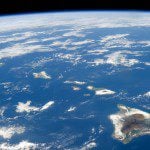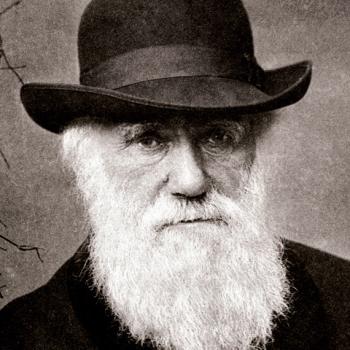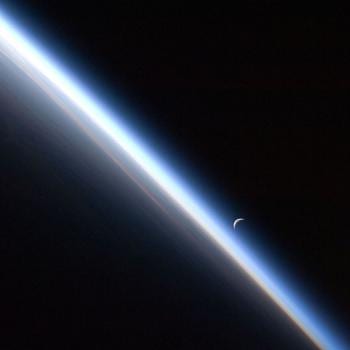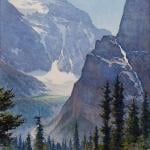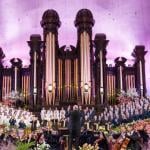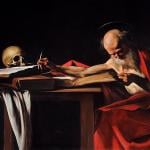
First, I share a few links that I’ve been accumulating in my files, to things that caught my interest:
“Fighting fire with seeds: BYU restoring scorched landscapes after devastating wildfires”
“Asteroid Bennu was once part of a space rock with flowing water”
***
When I was growing up, I was assured that Earth was just a mediocre planet in a mediocre solar system revolving around a mediocre star in a mediocre galaxy. “Move along, folks! There’s nothing to see here!”
“What several decades of research has revealed about Earth’s location within the vastness of the cosmos can be summed up in this statement: the ideal place for any kind of life as we know it turns out to be a solar system like ours, within a galaxy like the Milky Way, within a supercluster of galaxies like the Virgo supercluster, within a super-supercluster like the Laniakea super-supercluster. In other words we happen to live in the best, perhaps the one and only, neighborhood that allows not only for physical life’s existence but also for its enduring survival.” (Improbable Planet: How Earth Became Humanity’s Home)
Now, it’s true that Hugh Ross is a Protestant Christian apologist who is based in Covina, California. However, he can’t be entirely dismissed on that basis alone. Before founding his organization Reasons to Believe in 1986, he earned a B.Sc. in physics from the University of British Columbia and a Ph.D. in astronomy and astrophysics from the University of Toronto, and then served for five years as a postdoctoral research fellow at the California Institute of Technology (Caltech), where he studied galaxies and quasars.




